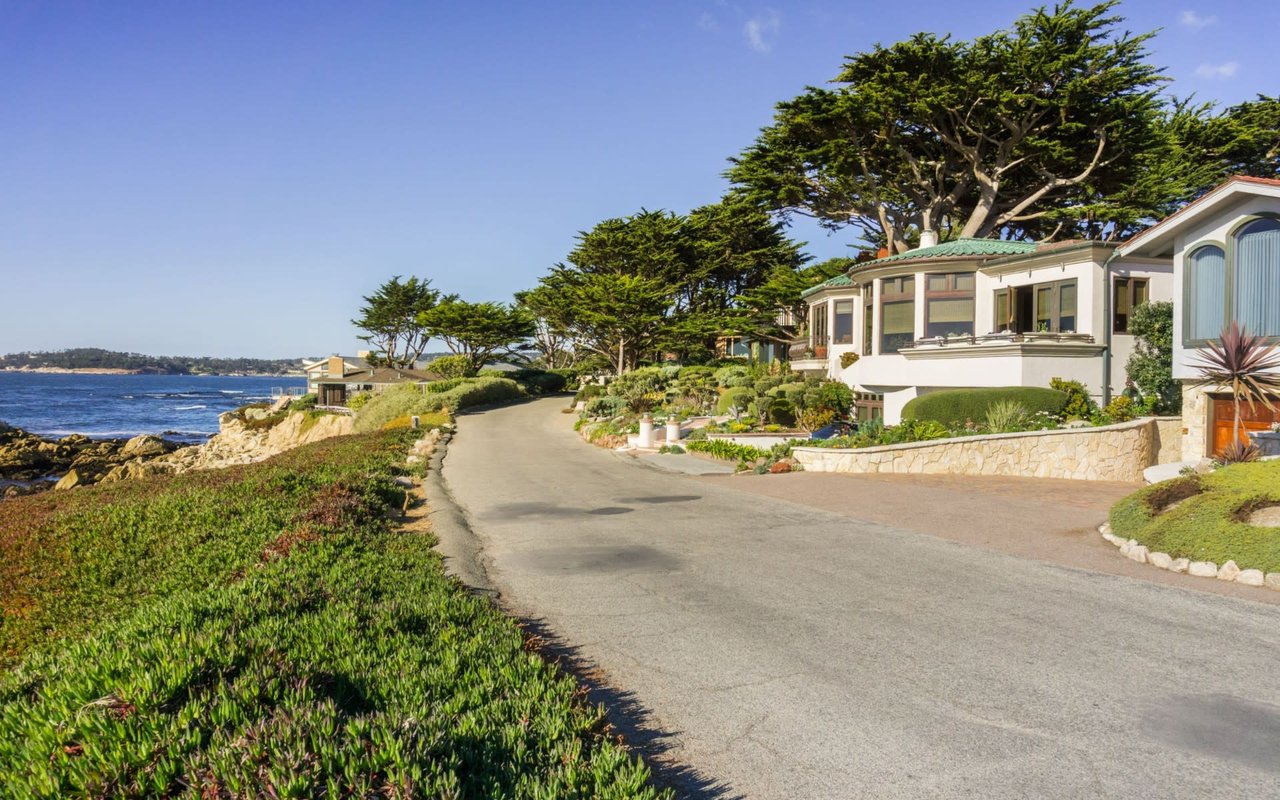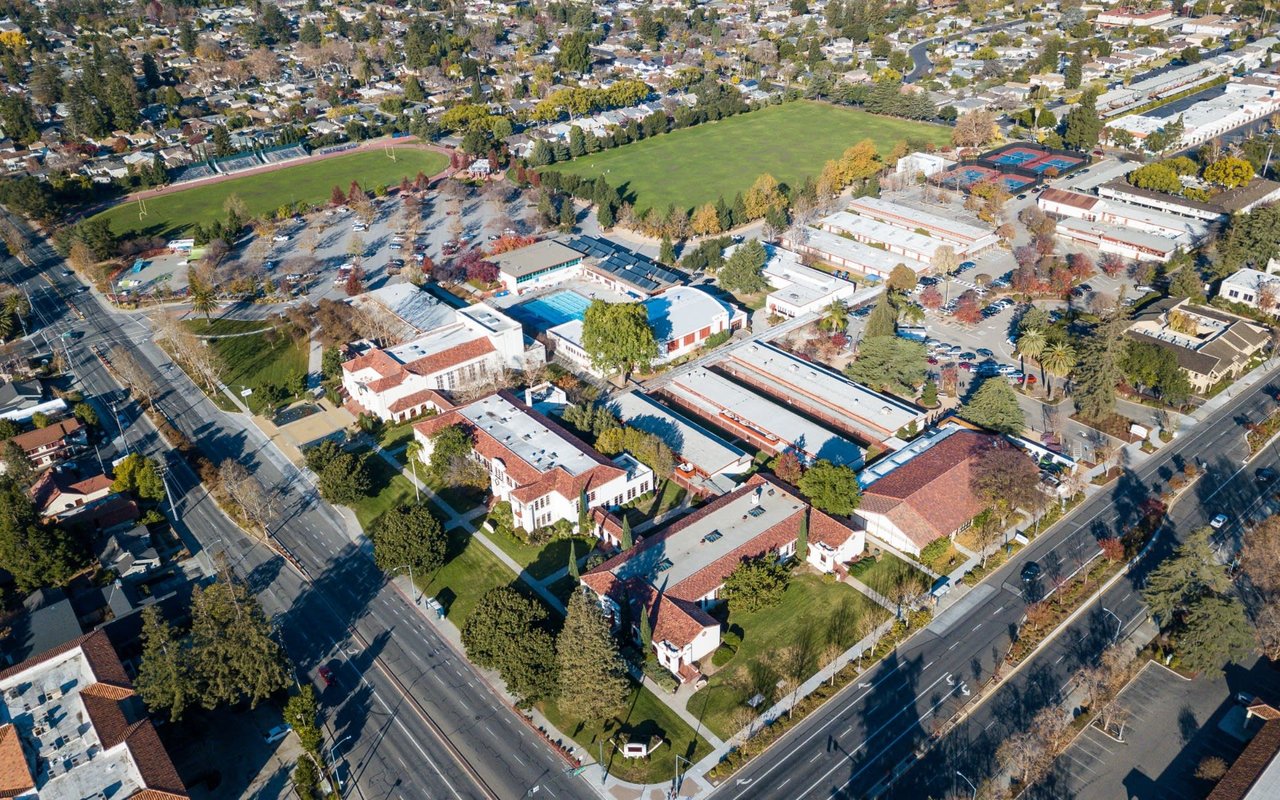Tim and Ryan delve even deeper into the pros and cons of living in various cities within San Mateo County, exploring the unique characteristics that shape their real estate markets:
San Mateo:
Pros:
-
Central Location: San Mateo's central location within the county is advantageous for commuters. Easy access to major highways and proximity to public transportation options make it an ideal location for those working in various parts of the Bay Area.
-
Diverse Housing Options: San Mateo boasts a diverse range of housing options, from historic homes with character to modern developments. This diversity attracts a broad spectrum of homebuyers, allowing individuals to find a residence that suits their preferences and lifestyle.
-
Parks and Recreation: The city prioritizes parks and recreational areas, providing residents with ample opportunities for outdoor activities. Popular parks like Central Park contribute to the city's appeal for those seeking a balanced and active lifestyle.
Cons:
-
Cost of Living: San Mateo's desirability comes at a cost, with a higher-than-average cost of living. Housing prices and general expenses can be significant, posing a challenge for some residents, particularly those on a budget.
-
Traffic Congestion: Despite its central location, San Mateo faces traffic congestion, especially during peak hours. Commuters may experience delays, and the city's popularity can result in crowded roadways.
Burlingame:
Pros:
-
Quaint Atmosphere: Burlingame's charming atmosphere, characterized by tree-lined streets and well-maintained homes, is a major draw. The city's aesthetic appeal, combined with its proximity to San Francisco International Airport, attracts a mix of residents.
-
High-End Real Estate: Burlingame features upscale neighborhoods with luxury homes. For those seeking high-end real estate with architectural charm, the city offers a range of options, contributing to its status as an affluent residential destination.
Cons:
-
Higher Housing Costs: The upscale nature of Burlingame's real estate market is accompanied by higher housing costs. Affordability may be a challenge for some homebuyers, limiting the accessibility of the city's real estate to a more affluent demographic.
-
Limited Public Transportation: Burlingame's reliance on private transportation is a potential drawback. While it's well-connected by roads, the absence of a BART station may pose challenges for those dependent on public transportation.
Menlo Park:
Pros:
-
Proximity to Tech Hubs: Menlo Park's close proximity to major tech hubs, including Facebook's headquarters, enhances its appeal. The city attracts tech professionals and investors interested in the dynamic opportunities presented by the tech-driven real estate market.
-
Educational Institutions: Home to Stanford University, Menlo Park benefits from the academic community's presence. This contributes to a diverse and intellectually stimulating environment, making it an attractive location for those associated with or interested in academia.
Cons:
-
Higher Housing Costs: The proximity to tech giants and prestigious educational institutions contributes to higher housing costs in Menlo Park. While the real estate market is robust, affordability can be a significant challenge for some potential residents.
-
Traffic Congestion: Like many Bay Area cities, Menlo Park experiences traffic congestion, especially during peak hours. Commuters may find themselves navigating crowded roadways, impacting overall convenience.
Daly City:
Pros:
-
Urban and Suburban Blend: Daly City offers a unique blend of urban and suburban living. Residents enjoy the convenience of city life while benefiting from more affordable housing options compared to San Francisco, making it an appealing choice for a diverse population.
-
Transportation Access: Daly City's access to BART and major highways enhances its appeal for commuters. The city's real estate market reflects the convenience of transportation options, particularly for those working in San Francisco.
Cons:
-
Foggy Weather: Daly City is known for its coastal location, which can result in persistent foggy weather. While some residents appreciate the mild temperatures, others may find the frequent fog a drawback.
-
Limited Nightlife: Compared to neighboring cities like San Francisco, Daly City has a more subdued nightlife. For those seeking a vibrant social scene, the city may not offer as many options for entertainment and cultural activities.
In summary, each city in San Mateo County presents a unique set of advantages and challenges, shaping the real estate market and the overall living experience. When considering a move or an investment in the region, understanding these factors on a city-by-city basis is crucial for making well-informed decisions that align with individual preferences and priorities.



